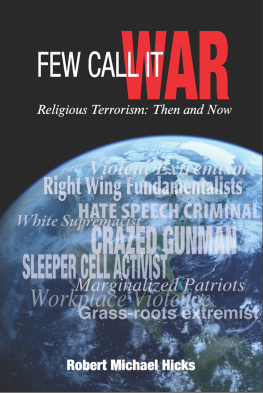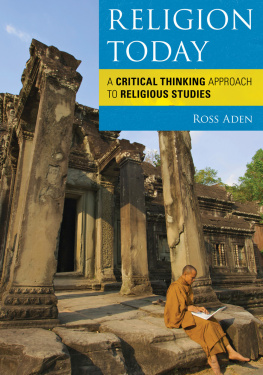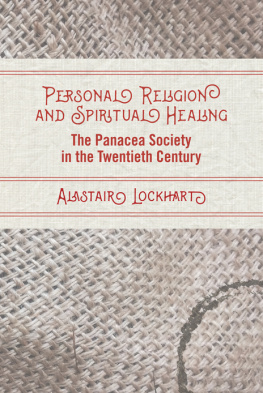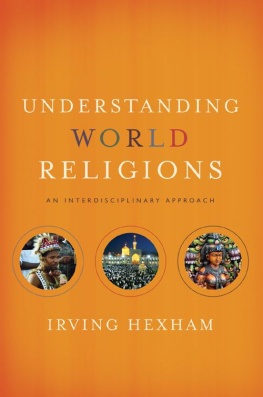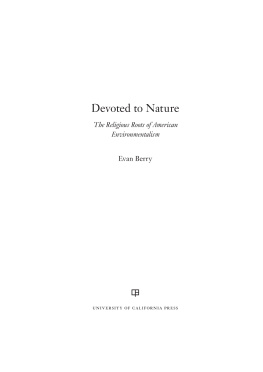First published in 1987 by
Routledge & Kegan Paul Ltd
11 New Fetter Lane, London EC4P 4EE
This edition published in the Taylor & Francis e-Library, 2010.
To purchase your own copy of this or any of Taylor & Francis or Routledges collection of thousands of eBooks please go to www.eBookstore.tandf.co.uk.
G.K.Nelson, 1987
No part of this book may be reproduced in
any form without permission from the publisher
except for the quotation of brief passages
in criticism
British Library Cataloguing in Publication Data
Nelson, Geffrey K.
Cults, new religions and religious creativity
1. Cults
I. Title
3066 BP603
ISBN 0-203-83099-7 Master e-book ISBN
ISBN 0-7102-0855-3
The problem of new religious movements
The period following the Second World War has seen an unprecedented burst of religious creativity on a world scale. In North America and Western Europe, revivalist, evangelical and reformist movements have not only reshaped the face of Protestantism but have also rocked the stability of the Roman Catholic church. Cults and new religions have sprouted in profusion, old religions such as witchcraft and the occult movements have acquired new life, and missionaries from Asia have successfully introduced varieties of Hinduism, Buddhism and Islam into the West.
Latin America, a traditionally solid Catholic continent, has been deeply penetrated by Protestantism, and Spiritualism in both its Western and Afro-Caribbean versions has flourished.
In Africa numerous nativistic religious and Christian sects have come into existence. While in the wake of her defeats in the Second World War, Japan has been flooded by new religious movements.
The great Asian religions, Hinduism, Buddhism and Islam have reacted to the process of Westernisation, and even in the communist world there have been signs not only of a continuing but of a reviving interest in religion, in spite of the efforts of a somewhat old-fashioned materialist doctrine to eradicate superstition.
In both the communist and the capitalist worlds a scientific interest in the phenomena of religion has led to the growth of the new science of parapsychology.
An outburst of religiosity on this world scale is unique in human history, though it may perhaps be compared with the period in the fifth and fourth centuries BC which included the work of Lao Tse and Confucius in China, Buddha and a number of significant Hindu thinkers in India, the major prophets in Israel and philosophers in Greece.
Within the more limited world of the Roman Empire there was a similar outburst which was centred around the first century AD when Christianity, Mithraism and numerous other cults were struggling for survival.
While some mention will be made of religious creativity in earlier periods, this study concentrates on the modern period starting from the ending of the Second World War. Religious developments in this period have been the subject of numerous articles, papers and monographs, which provide the basis for the analysis developed in this book. It is my intention to develop a theoretical synthesis that is based on an examination of these studies and which will enable us to arrive at an understanding of both the causes and consequences of this unparalleled period of religious creativity.
In the first chapter we examine the evidence for such religious activity and the social and religious preconditions out of which it developed. In the past three decades sociologists have been deeply concerned with discussions of the process of secularisation, particularly in the Western world, largely to the exclusion of discussion of the opposite process of sacralisation or of the processes of religious creativity.
The wave of new religious movements may be seen as one aspect of a rising tide of spirituality that is producing a reenchantment of the world. It was Max Weber who introduced the term Disenchantment of the World into the language of sociologists. By disenchantment Weber meant that the growing tide of rationality which he acceded and admired in Western culture was sweeping away the elements of magic and spirituality, not only from the mechanisms of thought but also from the everyday lives of ordinary people. A process which both Weber and later Thomas (1971) attributed to the rationalising influence of the Protestant Reformation within the sphere of religion.
One sign of disenchantment was the retreat of the fairies into the remotest and most isolated districts of the British Isles which was too well documented in Evans-Wentzs classical study of the Fairy-faith in Celtic counties (1911).
As Evans-Wentz observed:
The great majority of men in cities are apt to pride themselves on their own exemption from superstition, and to smile pityingly at the poor countrymen and countrywomen who believe in fairies. But when they do so they forget that with all their own admirable progress in material invention, with all the far-reaching data of their acquired science, with all the vast extent of their commercial and economic conquests, they themselves have ceased to be natural.
He went on to point out that, The Celtic peasantis normally responsive to psychic influencesas much as an Australian Arunta or an American Red Man, who also, like him, are fortunate enough to have escaped being corrupted by what wecall civilisation. And continues to ask, Are city-dwellers right in not believing in an invisible world which they cannot conceive, which, if it exists, theyare through environment and temperament alike incapable of knowing.
As the influence of civilisation has increased, as urbanisation has affected the rural areas in Western countries, the fairies have retreated further, until it is even more difficult than in Evans-Wentzs period to find a peasant who has seen a fairy. Western civilisation has been diffused throughout the world so that today the fairies have disappeared from much of the earth. At least they had, but in recent years there are indications that they are making a comeback. But before pursuing the question of the return of the supernatural we must examine the process of disenchantment and the movements that constantly resisted the attempts to eradicate mystery from the life of man.


